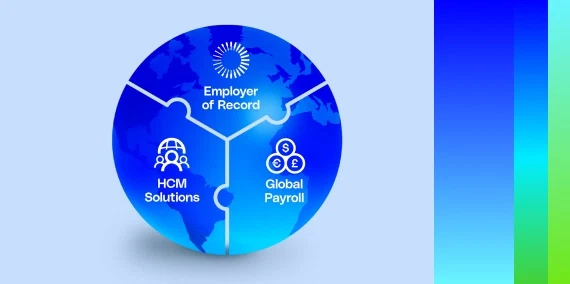When expanding into a new country, a common pitfall that can easily lead to compliance issues is payroll. Companies have to learn the nation’s employment laws, hire employees, and decide among the many payroll options that exist — all while trying to run a new business location. Let’s explore a few key aspects about setting up payroll in the Philippines.
Taxation rules in the Philippines
The Philippines has a social security system that is a mandatory benefit to all employees. In the country, payment of these mandatory benefits is a shared responsibility between the employer and employee.
The Philippines Social Security System, strengthened by the provisions of the Republic Act No. 8282 or the Social Security Law, is the country’s social insurance program and consists of the following bodies:
- Social Security System (SSS): The SSS was created to provide private employees and their families protection against disability, sickness, old age, and death. The Government Service Insurance System (GSIS) is the equivalent system for government employees in the Philippines.
- Home Development Mutual Fund (HDMF): The HDMF, also known as the Pag-IBIG Fund, is a provident savings system supplying housing loans to private and government employees in the Philippines, as well as self-employed individuals who elect to join the fund.
- Philippine Health Insurance Corporation (PhilHealth): PhilHealth provides employees with a practical means of paying for adequate medical care in the Philippines.
Employers and employees must contribute to all 3 of these funds in accordance with these agencies’ contribution table. For 2023, the SSS contribution rate was 14% of an employee’s monthly salary, provided it does not exceed PHP 30,000. That rate gets divided between employers and employees, so employers pay 9.50%, while employees contribute 4.50%. Whereas PhilHealth has maintained its contribution rate at 4% for employers.
The Philippines uses a progressive income tax system based on how much an employee earns. The income tax rates are as follows:
| TAXABLE INCOME (PHP) | TAX ON COLUMN 1 (PHP) | TAX ON EXCESS |
|---|---|---|
| 0 – 250,000.00 | 0 | 0% |
| 250,000 – 400,000 | 0 | 15% |
| 400,000 – 800,000 | 22,500 | 20% |
| 800,000 – 2,000,000 | 102,500 | 25% |
| 2,000,000 – 8,000,000 | 402,500 | 30% |
| 8,000,000 – | 2,202,500 | 35% |
Philippines payroll options
There are 3 main Philippines payroll options to choose from, including:
- Internal: If you operate a larger company that’s committed to the Philippines, instituting an internal payroll may make sense for your daily operations. However, this option requires a larger team and budget.
- The Philippines payroll processing company: You can choose to work with a Philippines payroll processing company that will run payroll for you. Bear in mind that your company will still be held liable for all matters of compliance with this option.
- G-P: By partnering with G-P, you can expand your global footprint without the hassle of entity setup and management. With us, companies can rest assured that all employees will be paid punctually and compliantly.
How to establish a payroll in the Philippines
Before you can set up payroll in the Philippines, you have to establish a subsidiary in the country. The process depends on the location and type of entity you choose for your subsidiary, but it could take weeks or months before you can hire employees and start your payroll. You also have to set up a bank account in the Philippines to start paying employees. Instead, you can seek a subsidiary alternative such as G-P. With us, companies can begin hiring in minutes, not months — without setting up a subsidiary.
Entitlement/termination terms
It’s good business practice to draft a strong employment contract with entitlement and termination terms before setting up your Philippines payroll. Terminating employees in the Philippines is extremely difficult and the law is protective of workers, so it’s a good idea to have all agreements in writing. Employers can dismiss workers for just cause, which includes several different scenarios and involves the 2-notice rule. Dismissing employees due to authorized causes requires a severance pay.
Streamline global payroll management with G-P.
G-P streamlines each step of the payroll management process with our market-leading Global Growth Platform™. Pay teams with confidence anywhere in the world in 150 currencies with our 99% on-time automated payroll system — all with just a few clicks. Our products also integrate with leading HCM solutions, syncing employee payroll data across platforms automatically to create one reliable, convenient source of truth for HR teams.
Contact us to learn more about how we can support you.






